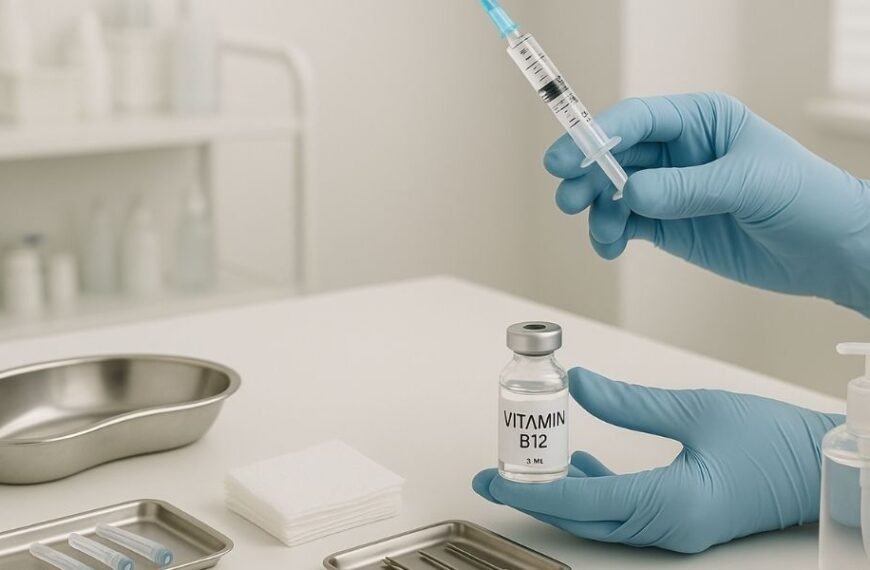Protein is more than just a fitness buzzword—it’s essential for nearly every part of your body. If your protein levels dip too low, it can impact your health in surprising ways. This article breaks down what low protein levels (hypoproteinemia) mean for your body, its causes, and practical steps to restore your protein balance.
What Low Protein Levels Mean for Your Health
Hypoproteinemia refers to an abnormally low concentration of protein in the blood. Proteins like albumin and globulins play critical roles, from building and repairing tissues to supporting immune functions and transporting substances in your blood. When protein levels drop, these vital processes slow down, and your body struggles to maintain its balance.
Doctors usually identify hypoproteinemia through blood tests that measure total protein, serum albumin, and the albumin/globulin ratio. Low protein levels can lead to fluid leaking out of blood vessels, causing swelling in various parts of the body.
Causes of Low Protein Levels
Protein deficiency can stem from several health issues, including:
- Malnutrition or inadequate protein intake.
- Liver disorders, since the liver produces many proteins found in blood.
- Kidney disease, where proteins leak into the urine.
- Malabsorption syndromes like celiac disease, which prevent proper nutrient absorption.
- Restrictive diets that exclude key protein sources.
Each cause disrupts protein status differently, so understanding the root issue is crucial.
Symptoms and Health Consequences
Signs of low protein often include:
- Swelling or edema, especially in legs and abdomen.
- Muscle wasting and weakness.
- Brittle hair and nails.
- A weaker immune system, making you more prone to infections.
- Delay in growth in children.
If left unchecked, these issues may lead to serious complications such as fatty liver disease and poor bone health. Cleveland Clinic offers detailed insights into these symptoms and what to watch for.
Diagnosis and Blood Tests
To diagnose low protein, physicians rely mainly on blood tests that measure:
- Total protein levels to get an overall estimate.
- Serum albumin, the most abundant blood protein.
- Albumin/globulin ratio to assess relative protein balance.
These tests help pinpoint deficiencies and guide treatment plans.
How to Fix Low Protein Levels Through Diet
Increasing protein through diet is often the first step in correcting low levels. The key is including a variety of protein sources to cover all your amino acid needs.
High-Quality Animal Protein Sources
Animal proteins usually contain all essential amino acids. Great options include:
- Lean meats like chicken and turkey.
- Fish such as salmon or tuna.
- Eggs, which are nutrient-dense and versatile.
- Low-fat dairy products like yogurt and cheese.
These foods efficiently boost your protein intake and support muscle and tissue health. For more on protein-rich foods, Harvard Health provides a helpful guide.
Plant-Based Protein Options
Plant proteins may lack some amino acids but combining different sources covers all bases:
- Soy products like tofu.
- Quinoa and other whole grains.
- Lentils and chickpeas.
These are great options for vegetarians or those reducing animal products, ensuring you don’t miss out.
Protein Supplementation and Fortified Foods
If diet alone isn’t enough, protein powders, collagen peptides, and fortified snacks can help. These supplements offer convenience and a quick boost, whether you’re recovering from illness or have higher protein demands.
Managing Underlying Health Conditions to Restore Protein Levels
Fixing low protein isn’t just about adding more to your plate. Addressing the root causes is critical.
Medical Treatments and Monitoring
Conditions like liver or kidney disease require proper medical care and monitoring. Regular blood tests track progress, while treatments aim to restore organ function and prevent further protein loss.
Dietary Adjustments for Specific Conditions
For malabsorption or intolerance, targeted diets matter. For example, gluten-free eating is essential for managing celiac disease to improve nutrient absorption. In malnutrition cases, working with a nutritionist can fine-tune your intake for recovery.
Lifestyle Tips and Preventive Measures
A few simple habits can help keep your protein levels steady and healthy:
Balanced Diet and Regular Meals
Eating consistent meals with protein-rich foods prevents dips in protein availability. Try including protein in every meal and snack for steady support—supplements from Amazon.com can help you maintain balanced nutrition throughout the day.
Special Considerations for Different Populations
Certain groups need more protein:
- Pregnant or breastfeeding women for their and their baby’s health.
- Athletes, to support muscle recovery.
- Older adults, who may need extra protein to maintain muscle mass.
Adjusting intake based on your life stage keeps your body strong.
Conclusion
Protein is essential for your body’s daily functions and long-term health. Low protein levels can cause swelling, weakness, and serious organ problems. Recognizing the signs and understanding the causes—from poor diet to medical conditions—helps you take action quickly. Improving protein intake through diverse food sources and managing underlying health issues are key steps. Always consult your healthcare provider if you suspect persistent low protein to get accurate diagnosis and treatment plans.
For more on symptoms and causes, Diana Rangaves offers a thorough explanation worth reviewing. Keeping your protein on point supports energy, immunity, and overall wellness every day.









